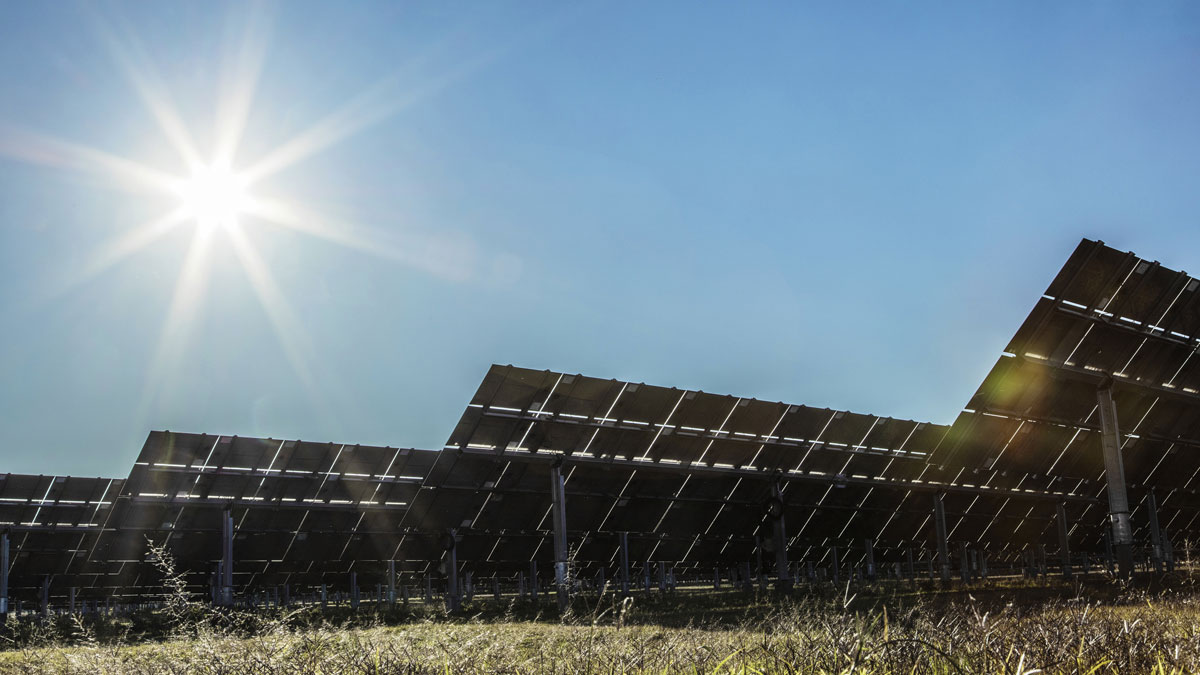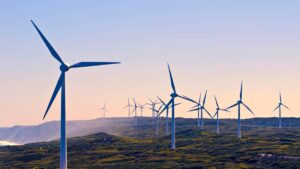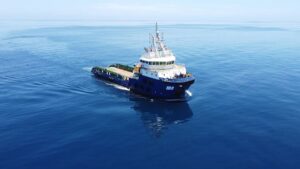Emission Control: ARENA ponies up for ultra-low cost solar research

Bright lights as ARENA seeks to lower the costs of solar power. Pic: via Getty Images
The Australian Renewable Energy Agency (ARENA) has kicked off the new year with the award of $41.5m in funding across 13 research projects which seek to significantly reduce the cost of solar power.
This funding for ultra-low cost solar research and development follows on the Australian Government agency’s previous investment into solar photovoltaic power while supporting its “Solar 30 30 30” target of 30% module efficiency and 30c per installed watt at utility scale by 2030.
As such, funding has also been made available for commercialising prospects after their core R&D phase to help get new technologies into the market.
The funds were awarded to researchers from The University of New South Wales, The Australian National University and The University of Sydney.
About $27.5m in funding will go towards Cell and Modules, which seeks to build on Australia’s track record of R&D and innovation in solar cells and modules, while the remaining $14m went towards accelerating innovation that can drive down the upfront and ongoing costs of utility scale solar PV in the field ($14 million in funding).
Reducing the cost of soar power will be a major step in ARENA’s strategic priorities for scaling up the production of low-cost hydrogen and unlocking decarbonisation pathways for heavy industry such as green steel and aluminium.
“Australia’s solar researchers have helped to make solar PV the cheapest form of energy in history, but to create a future in which Australian solar energy supplies the world with clean power, fuels and products, we need to be ambitious and drive the cost of solar even lower,” ARENA chief executive officer Darren Miller said.
“ARENA is supporting these universities with $41.5 million in funding to get behind the target of ‘Solar 30 30 30’ to deliver ultra-low cost solar, helping to optimise Australia’s transition to renewable electricity and achieve our emissions reduction targets.”
Since 2012, ARENA has committed $118.5 million in grant funding to 145 solar PV projects with 17 institutions.
It has also supported the Australian Centre for Advanced Photovoltaics with $128.99 million in funding over 18 years up until 2030.
Renewables share of energy pie growing
Meanwhile, data reported by OpenNEM has highlighted the growing share of renewables in Australia’s electricity market.
Tasmania led the way with renewables accounting for 93.1% of its electricity demand in 2022 though this was down from an incredible 102.1% in 2021 with South Australia in second place with 67.7% in 2022 from 62.5% in 2021.
In Victoria, renewables accounted for 38.2% from 34.2% while in New South Wales, renewables made up 27.7% of the energy mix in 2022, up from 22.8% in 2021. Queensland trailed behind with 22.4% in 2022 from 19.2% in 2021.
Western Australia’s South-West Interconnected System, the only electrical grid that is separate from the National Energy Market, saw the share of renewables creep up from 37.6% to 40.8%.
Altogether, renewables now contribute 34.8% of Australia’s electricity demand (34.9% for the NEM alone) – an increase from 31% in 2021, which is also the point where things get interesting.
The Albanese government commitment to reach an 82% share of renewables in the N NEM by 2030 seems incredibly distant when the current share is taken into account.
To reach this figure, renewables share will have to increase by an average of about 5.9% each year – not exactly insurmountable but certainly a challenge going forward.
Momentum to achieve this is certainly present with both government and major power producers pushing hard to achieve this objective.
AGL has committed to its first ever Climate Transition Action Plan while Andrew Forrest’s Squadron Energy has taken pole position in Australia with its acquisition of CWP.
Related Topics
UNLOCK INSIGHTS
Discover the untold stories of emerging ASX stocks.
Daily news and expert analysis, it's free to subscribe.
By proceeding, you confirm you understand that we handle personal information in accordance with our Privacy Policy.








